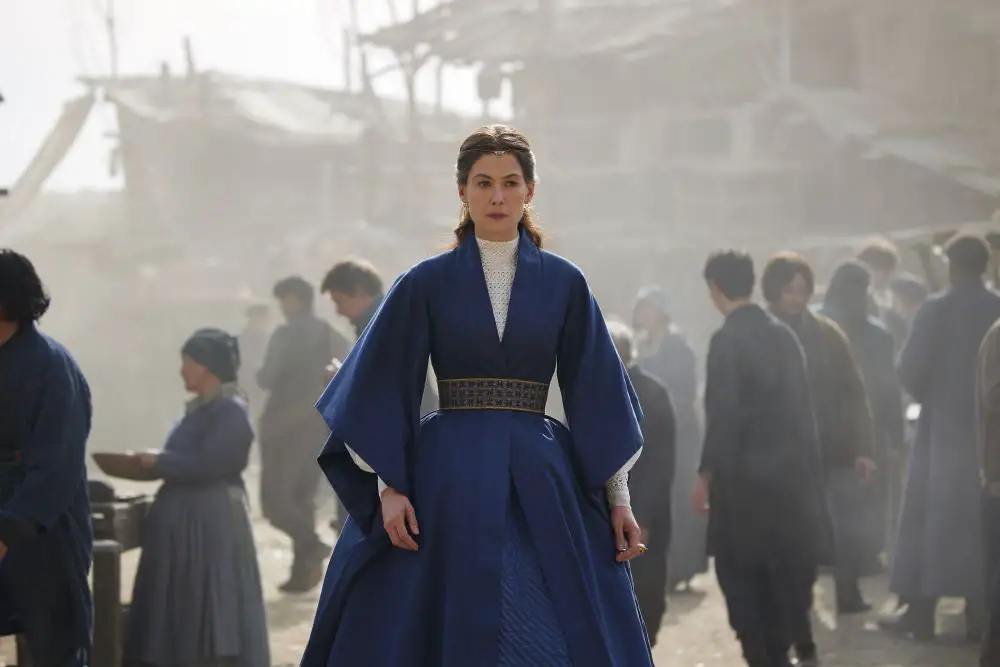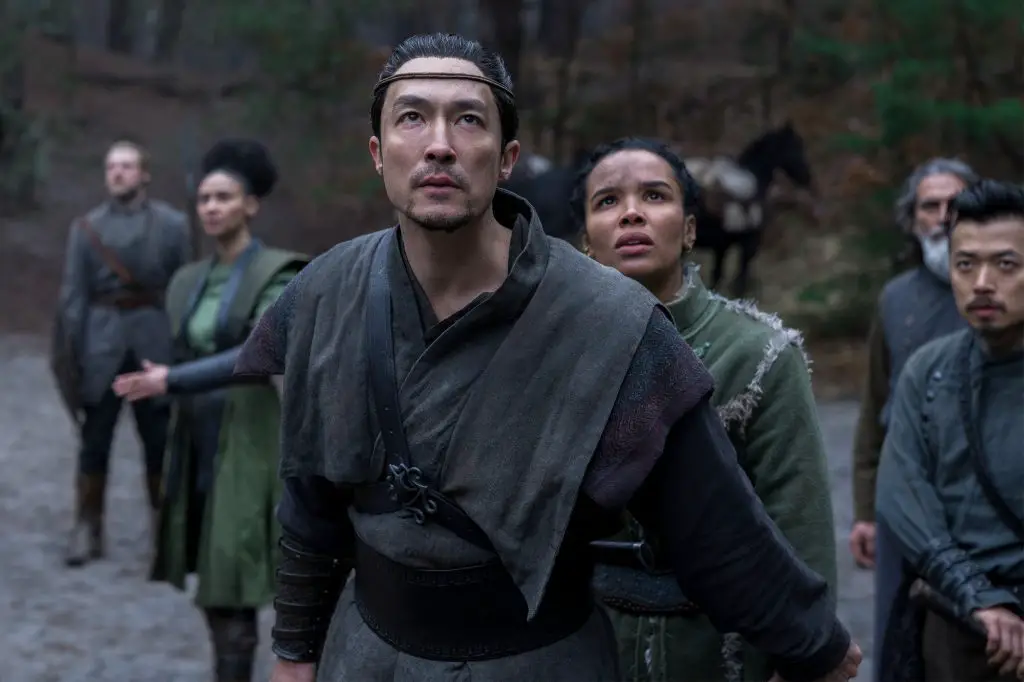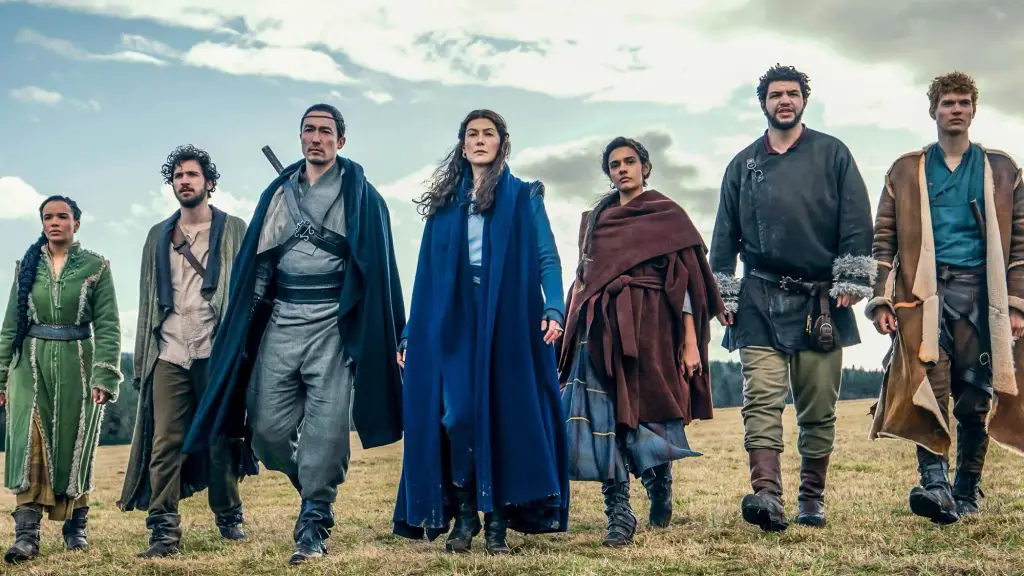In the realm of fantasy fiction, “The Wheel of Time“, the colossal 15-book series, stands as a monumental work. Authored by Robert Jordan and with the concluding trilogy penned by Brandon Sanderson after Jordan’s untimely demise, the series is a beacon of early-modern fantasy where women play pivotal roles. An earlier effort to bring it to the small screen with a pilot titled “Winter Dragon” met with limited appreciation. After a lull, Prime Video decided to adapt the series, leading to its debut in 2021.
Juggling Act in The Wheel of Time
Adapting such a sprawling narrative is no mean feat. The task requires introducing audiences to new worlds, intriguing characters, arcane magic systems, and setting the stage for sequels. This necessitated deviations from the original plotline. These modifications, while raising eyebrows among purist fans, have enriched the narrative, giving it a fresh twist.
Modernizing the Book’s Mythos

The book series, hailed as a modern feminist fantasy gem, reflects the sensibilities of its era and its author. The TV adaptation made subtle yet significant alterations, from the wardrobe of Moiraine (played by Rosamund Pike) to deeper lore modifications. One such notable change: while the original books limit the reincarnation-based gender dynamics, the show makes it more inclusive. By amending the Karaethon Cycle prophecy, the series presents a more inclusive narrative where the mantle of the Dragon Reborn is not restricted by gender.
This tweak allows characters like Egwene (Madeleine Madden) and Nynaeve (Zoë Robins) to emerge as “ta’veren” — individuals whose destinies are interwoven into the cosmic tapestry by the Wheel itself. In the show’s climax, this change is evident when Padan Fain (Johann Myers) reveals that all five primary characters, including Egwene and Nynaeve, are ta’veren.
Diverging Paths: Show vs. Books
In its bid to be both concise and engaging, the TV series takes multiple liberties with the original story. From accelerated plot progression to changing significant locales, the show charts its own course. For instance, instead of a pit stop at Caemlyn, our protagonists find themselves in Tar Valon. While this shift deprives audiences of Rand’s chance encounter with Elayne, it teases her introduction in the next season at The White Tower.
Perrin’s character arc underwent perhaps the most debated change. By introducing and tragically ending the life of Laila, Perrin’s wife, the show added a layer of complexity to his character, although not without controversy.
Due to unforeseen real-life events, Mat’s character diverges substantially from the books. Instead of joining the group to the eye of the world, he finds himself under the influence of the Red Aes Sedai Liandrin. What lies ahead for Mat remains to be unveiled in the forthcoming season.
Crafting a Unique Narrative for The Wheel of Time

Adaptations, by nature, require reimagining. Especially when the source material spans 15 voluminous books. Rafe Judkins, the showrunner, envisions a streamlined version of the epic saga. Some of the changes viewers witnessed include the Seanchan’s premature introduction, Moiraine losing her connection to the One Power, and Rand’s solo journey.
What makes “The Wheel of Time” magical is its underlying philosophy: history is cyclical, and each cycle is unique. The TV series, while resonating with the books, offers a fresh spin on the tale. It’s a different turn of the wheel, familiar yet brimming with novel surprises. While a mirror reflection of the books is implausible, the essence remains untouched, manifesting in every scene.
Looking Forward
As the world of “The Wheel of Time” continues to expand on Prime Video, fans and newcomers alike eagerly await the next chapter. Season 2 is set to premiere on September 1, promising more adventure, intrigue, and the unparalleled magic that only this universe can offer.


